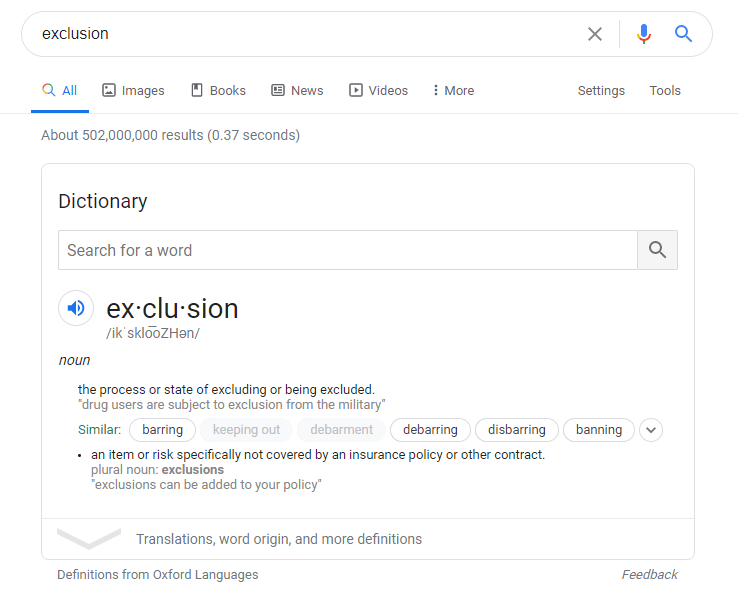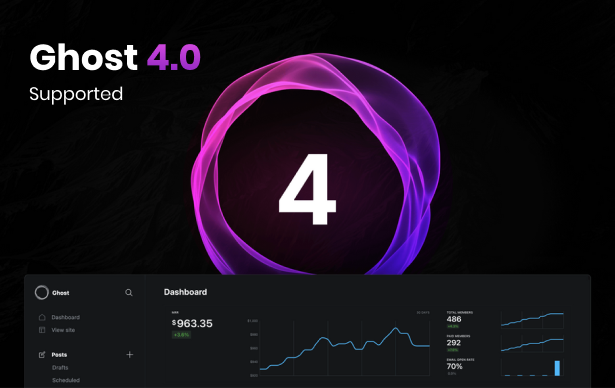When it comes to buying domain names as investment, there are a lot of things to consider. If I were to write a post about all the things you should consider, it would be really long and boring, plus there’s entire courses like DNAcademy that do a great deep dive into topics like this. That being said, there are two datapoints I do usually look at that I thought would be interesting to share.
The first is, when I search for that word in Google. If the first page is full of dictionary definitions of the word, I see that as a sign that it’s not used much commercially. Maybe it will be in the future, but it’s not right now. You’ll usually find this with one-word domains that you can just hand-register, let’s say something like the word exclusion.
Search on Google and what’s the first thing that pops up?

Scroll down the page and you pretty much have nothing but different dictionary definitions of the word. Not a great sign.
Next I look at what’s happening with the .COM, .NET, and .ORG. Using this example again, all three have “for sale” landers, also not a great sign. Of course, this should come as no surprise, I used a particularly bad example because let’s be honest, who would want to call their company, exclusion?
That being said, let’s use a good example like slice. Positive action-words are my favorites, do a Google search for slice and it’s a whole different story. First, there’s an add, delivery startup Caviar is actually paying money to advertise for this term, and right below that is a pizza service called SliceLife.com where you can order pizza from local pizzerias.
Next, let’s look at the .COM, .NET, and .ORG. The .COM is developed and actually houses the product page for Rakuten Slice. The .NET, also developed. The .ORG doesn’t resolve but isn’t listed for sale.
Yes, these are two obvious examples. I know what you’re saying, duh Morgan – obviously Slice.anything is better than Exclusion.anything. Like I said, just using some extreme examples here to illustrate my point. If you’re not sure about a name, run these two tests, it shouldn’t be the only two datapoints you use to make a decision, but it should factor into your decision.
I got the inspiration for this blog post looking at OneWord.domain, a site that lists one word domain names that are available to register. When I look at a lot of the words, I’m not surprised they’re available to register…but like most things in the domain world, there are needles in the haystack somewhere, and using these datapoints could be part of the path to identifying them.
Have you used either or both of these techniques when evaluating whether or not to invest in a domain name? What are some of the other datapoints you look at? I want to hear from you, comment and let your voice be heard!




